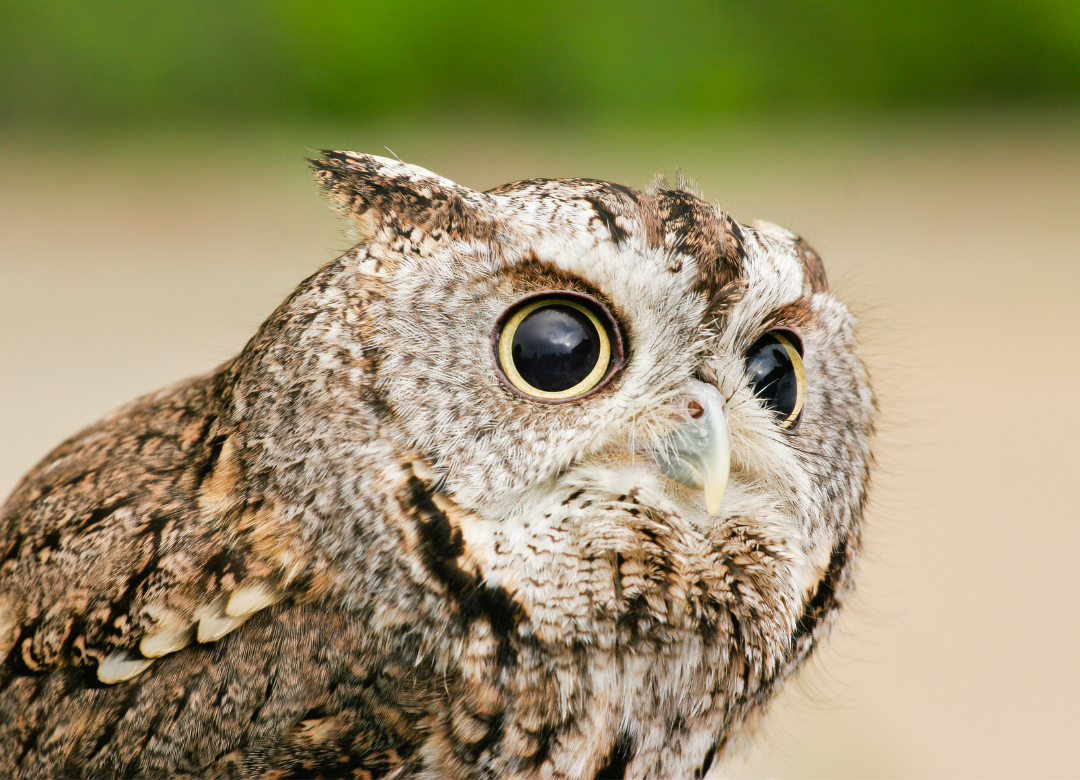The Western Screech-owl is a small owl, slightly larger than a robin, and has a stocky body with a short tail. They are grey-brown or reddish-brown and flecked with white colour. They have large yellow eyes and feathered tufts on the top of their head, often called “ear tufts” or “horns” even though they are neither ears or horns. Their call sounds like a bouncing ball; a series of hoots, speeding up. They use these calls to find a mate, advertise their territory, and to communicate with each other. They breed from Mid-March to May.
Here’s what a Western Screech-Owl sounds like!





